BETWEEN DECAY AND EMERGENCE
In the early ninth century the area was invaded by the Saracens (Arabs). In response, pope Gregorius IV (827-844) built a new town to the east of Roman Ostia: Gregoriopolis, the "city of Gregorius". Thus began the history of the modern village Ostia Antica. The Liber Pontificalis informs us that by now the ancient city was totally in ruins ("since what had been built aforetime was now shaken by old age and wholly destroyed"; quoniam ea quae priori tempore aedificata fuerat, longo quassata senio, tota nunc videtur esse diruta; Liber Pontificalis II, 81-82). It was a fortified village, a "borgo". In the middle of the ninth century the Saracens returned, and took the fortress and Portus. Pope Nicholas I (858-867) further reinforced the town. In the 15th century a castle was added by cardinal Giuliano della Rovere, the later pope Julius II.
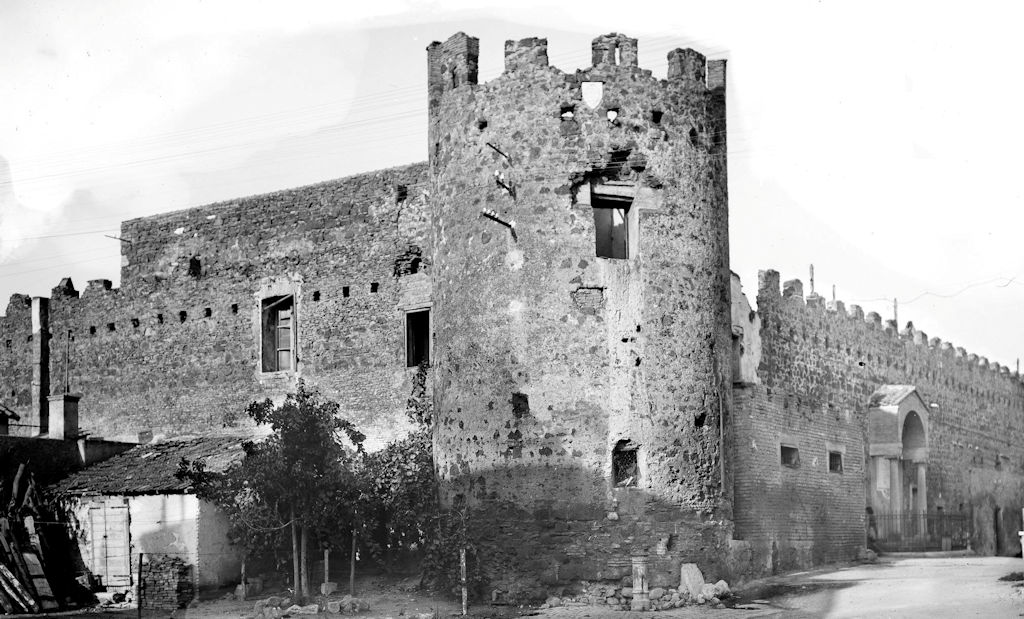
The borgo in 1913. Photo: Parco Archeologico di Ostia Antica.
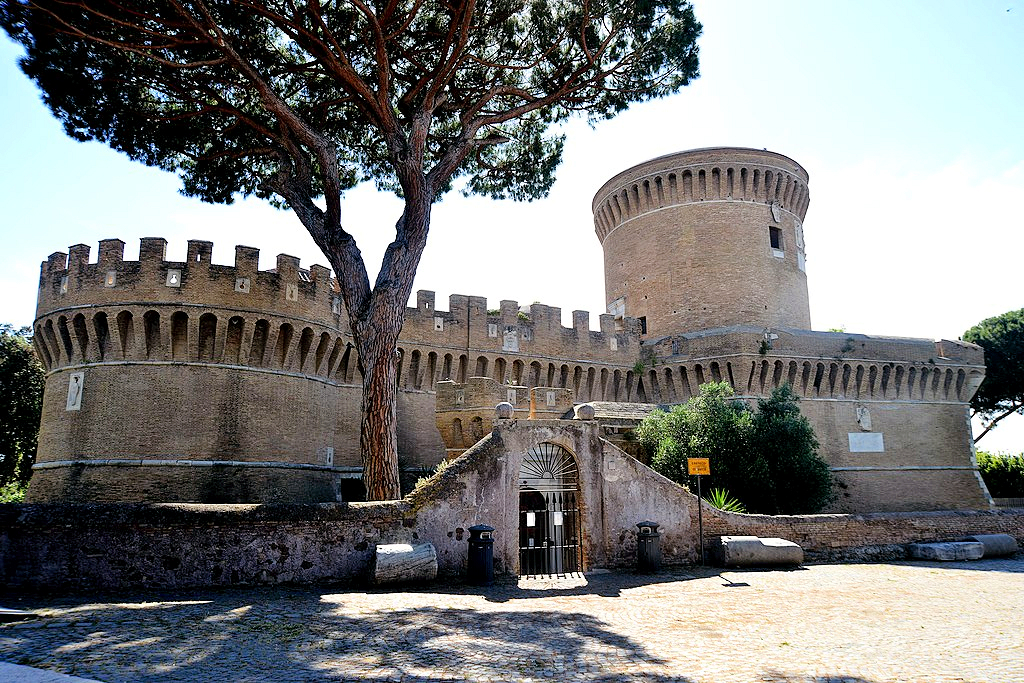
The Rocca (castle) of Giuliano della Rovere. Photo: Wikimedia, Giuseppe Rampolla.
At this spot a church of Saint Aurea, a martyr from the third century AD, had been built. In the second half of the seventh century the church was dilapidated (distecta vel disrupta) and therefore restored by pope Sergius II (687-701) (Liber Pontificalis I, p. 376). The present church belongs to the 15th century. The work was started by the French cardinal Guillaume d'Estouteville and completed by Giuliano della Rovere. The architect of both the castle and the church was Baccio Pontelli.
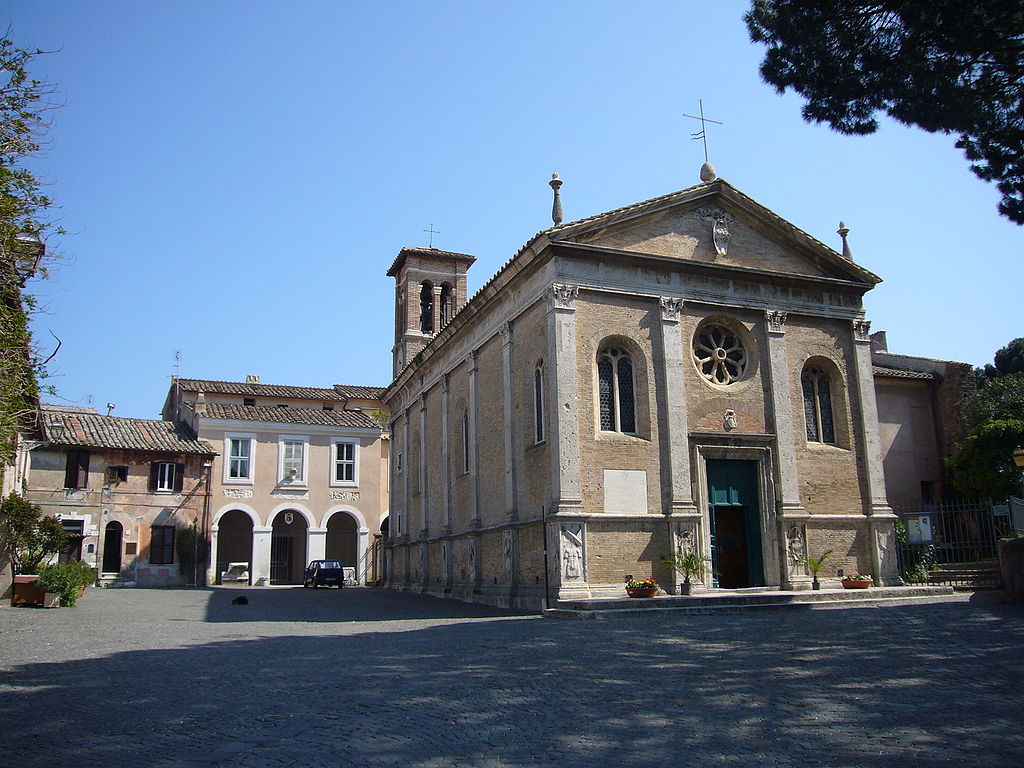
The church of Saint Aurea as rebuilt in the fifteenth century, by Baccio Pontelli. Photo: Wikimedia, Lalupa.
It was not only the strategic position at the mouth of the Tiber that justified a castle and a settlement. Already in antiquity, salt pans to the east of Ostia and near Portus were of great importance. The museum was built in the remains of a storage building for salt, and the remains of another such building are near the medieval village. The right of selling the salt rested with the pope, stipulated in a document from 877 AD, legally dealt with again in 1168 AD.
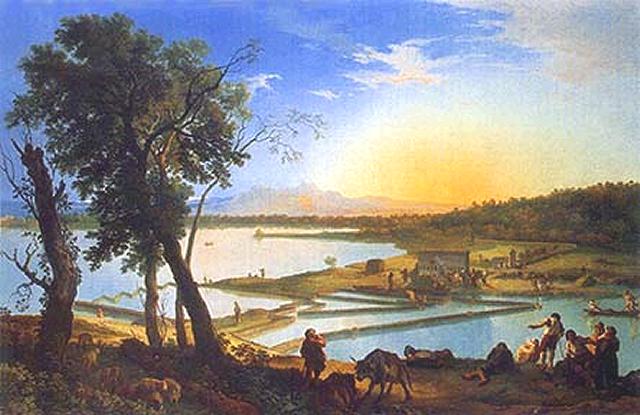
'View of the Salt Pans near Ostia'. A painting by Andrea Locatelli (1695-1741).
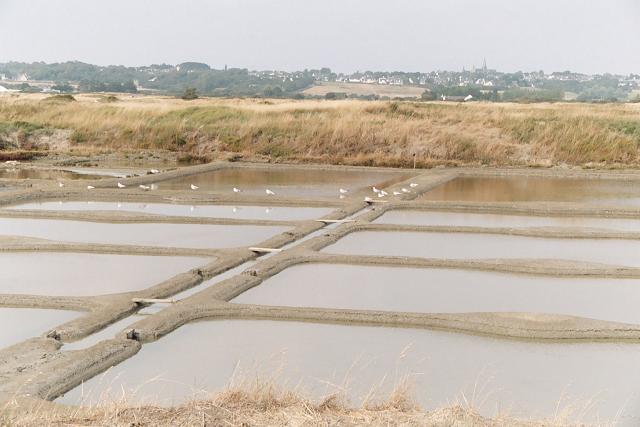
Modern salt pans near Guérande, France. Photo: Jolande Videler.
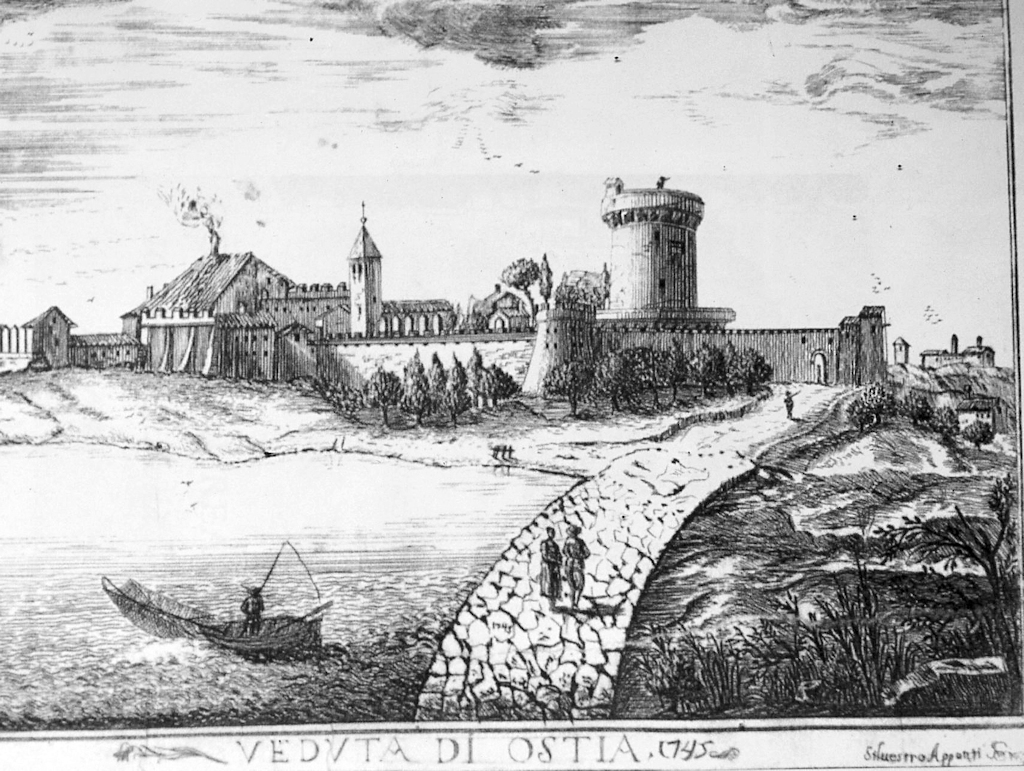
A drawing by Silvestro Appunti from 1745 of the Via Ostiensis leading to medieval Ostia.
To the left (south) are marshes, to the right (north) are the salt pans.
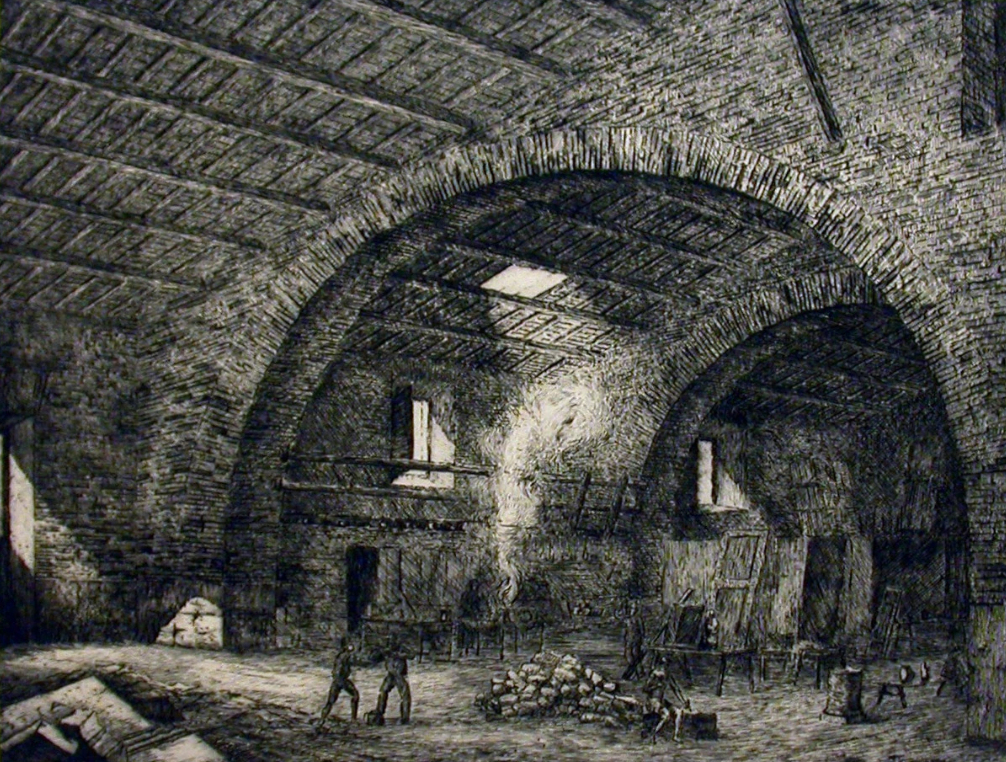
A 19th century view of the interior of the Casone del Sale, in which the museum was installed. From Calza 1935, fig. 4.
The building dates back to the second half of the 16th century. It looks suspiciously like a Roman bakery, such as the House of the Millstones.